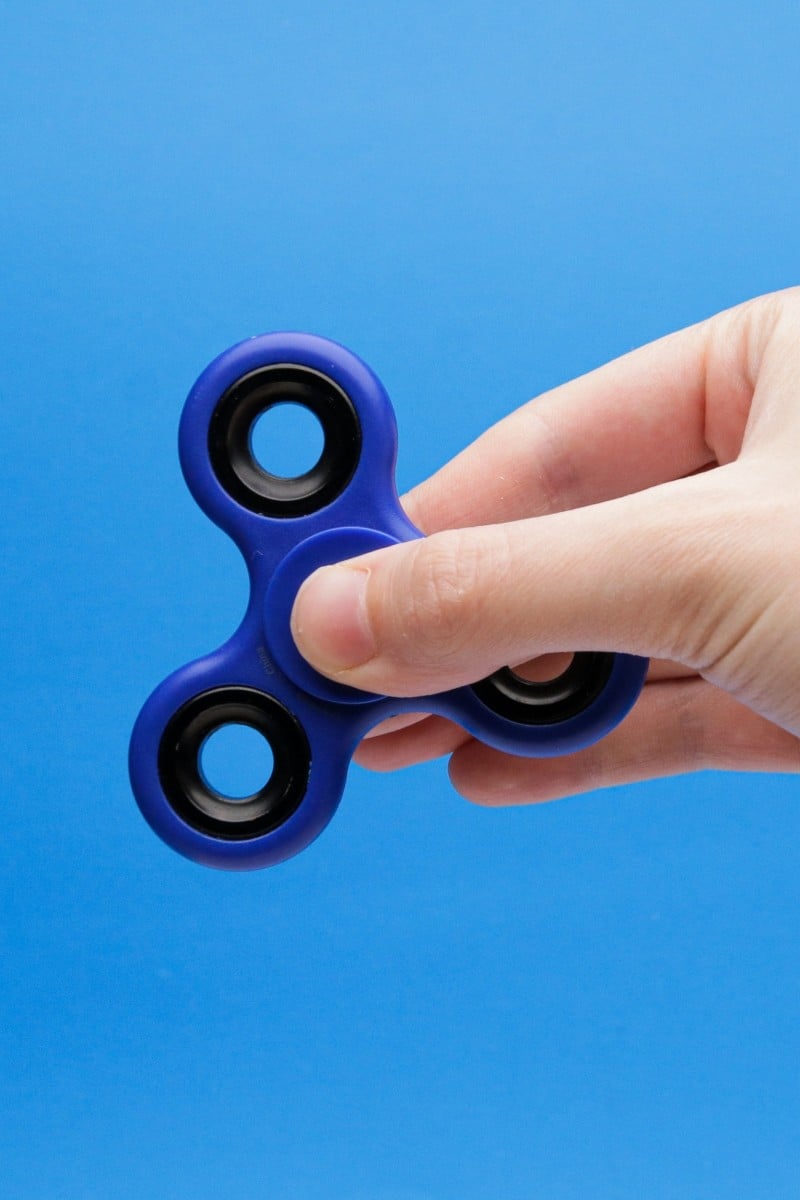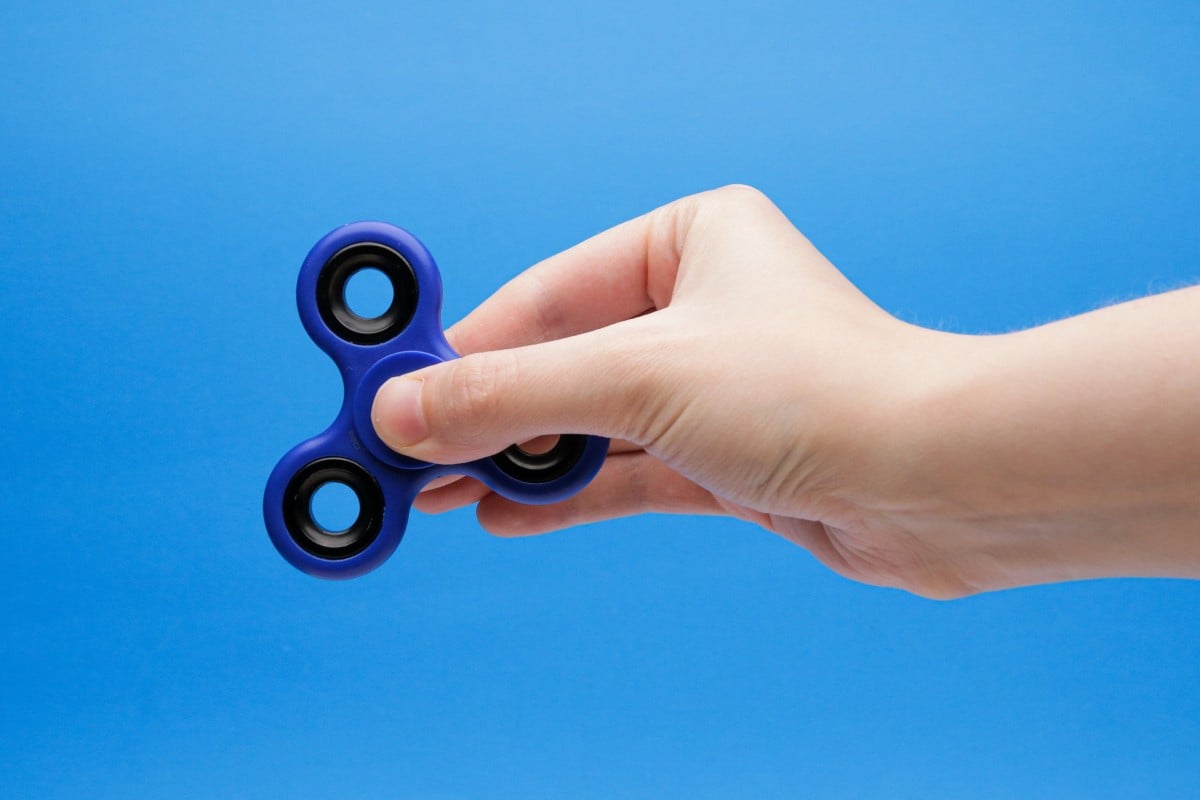
Hong Kong therapist explains how fidget spinners could help students focus in class
Toy can be a tool to help pupils concentrate, especially those with attention disorders
 How do you feel about fidget spinners? Are they helpful or distracting? Photo: Shutterstock
How do you feel about fidget spinners? Are they helpful or distracting? Photo: ShutterstockThere is something interesting about watching the arms of a fidget spinner go in circles. But is it a tool to improve focus or a distracting toy?
Katie Leung Pui-yan is a partner, child and family therapist at Therapy Partners in Hong Kong. She told Young Post how this toy can reduce stress and improve concentration, especially for people with attention deficit hyperactivity disorder (ADHD).
How could fidget toys help?
The therapist explained that those with ADHD have many thoughts racing through their heads.
“It’s like their brain is bouncing [from] one idea to another without stopping. Because of this, they can find it hard to focus on one thing. They might also feel restless and need to move around a lot because their brain is so active,” she explained.
That is when a fidget spinner can help redirect the extra energy. When they are overwhelmed, some people with ADHD have trouble understanding what they see, hear or feel. A fidget toy could help them calm down and focus.
Leung said there have been many studies on fidget gadgets, but the results are not always the same. Based on her professional experience, a spinning toy could be one step towards helping someone achieve a goal.
For example, a fidget spinner can help you focus while writing an essay. But this alone is not enough. It is also important to break the task into smaller goals, take a break every 15 minutes, keep your desk clean, and give yourself small rewards for finishing parts of the essay.
Don’t distract others
Leung said those using fidget spinners should be mindful not to disturb those around them. This is because the spinners often make a buzzing noise, which can annoy people. “That is considered a distraction because they’re not paying attention to what they should be,” she said.
To get around this, the therapist recommended using other concentration toys, such as soft stress balls and putty, instead of a spinner.
“These methods can provide an outlet for the excess energy. And it’s great that they don’t make noise. It would also help if a teacher let the other students understand why you need this,” she said.
If you’re not able to have a gadget, you can also try using one hand to make circular motions on your other palm and gently push on the fingertips. According to Leung, this calming action can help you focus.
“Everyone is different; what works for one person might not work for another. Don’t get discouraged if fidget spinners don’t turn out to be useful,” Leung said.
“The best approach is to [try different things] and find what works for you. Most importantly, understand your needs and communicate them to an adult who can help.”
To test your understanding of this story, download our printable worksheet or answer the questions in the quiz below.
fidget 坐立不安
to make small movements because you feel uneasy or restless
attention deficit hyperactivity disorder (ADHD) 專注力失調及過度活躍症
a medical condition that affects a person's ability to focus and concentrate.
overwhelmed 不知所措
feeling a lot of stress or being unable to cope with all that needs to be done
communicate 交流
to share thoughts, feelings, or information with someone, especially in a relationship
